- 1908
M.J. Cunningham, H. R. Peck
In 1908, Rensselaer Polytechnic Institute ushered in a progressive era by entrusting women with authoritative roles. M.J. Cunningham emerged as RPI’s first female Librarian, later becoming the Registrar, paving the way for Harriet R. Peck, who served as Librarian from 1912 to 1946. Though the times masked M.J. Cunningham’s full identity, reflecting gender biases of the era, this period was a turning point in RPI’s 200-year history. The shift towards gender inclusivity began subtly yet significantly, marking a promising precedent in the Institute’s legacy.
As RPI’s annals transitioned to honor both male and female officers with full name recognition post-1919, it showcased RPI’s evolving ethos towards equality and respect for all.

- 1910
Matthew A. Hunter
In 1910, Matthew A. Hunter, an RPI professor and eventual honorary Class of 1949 member, revolutionized the world of metallurgy with the Hunter Process—a method to produce 99.9% pure titanium. This wasn’t just an achievement in chemical engineering; it was a transformative milestone in RPI’s 200-year history of innovation. Titanium’s unique strength-to-weight ratio opened new horizons in aerospace, medicine, and beyond.
As RPI marks its bicentennial, Hunter’s monumental ‘first’ stands as a tribute to the Institute’s legacy of shaping the future through relentless curiosity and unparalleled ingenuity. This is the RPI ethos: forever pioneering, always advancing.

- 1912
Frank C. Osborn and Kenneth H. Osborn
Rensselaer Polytechnic Institute: Crafting America’s Pastime Through 200 Years of Innovation
In 1912, Fenway Park—a name synonymous with American baseball—swung open its gates for the very first time. The creative minds behind this iconic venue? None other than RPI graduates Frank C. Osborn (Class of 1880) and Kenneth H. Osborn (Class of 1908). This was no ordinary feat; it was a historic first in RPI’s illustrious 200-year timeline.
By designing Fenway Park, the Osborns didn’t just create a ballpark; they crafted a cultural touchstone that has united fans for generations. Their ingenuity reflects RPI’s long-standing tradition of engineering marvels that shape society.
As we celebrate two centuries of unparalleled innovation, Fenway Park stands as a lasting tribute to the transformative power of an RPI education. From the Green Monster to the ivy-covered walls, this is where engineering meets America’s pastime, and history is made every day.
StoriesEventsJoin
Us